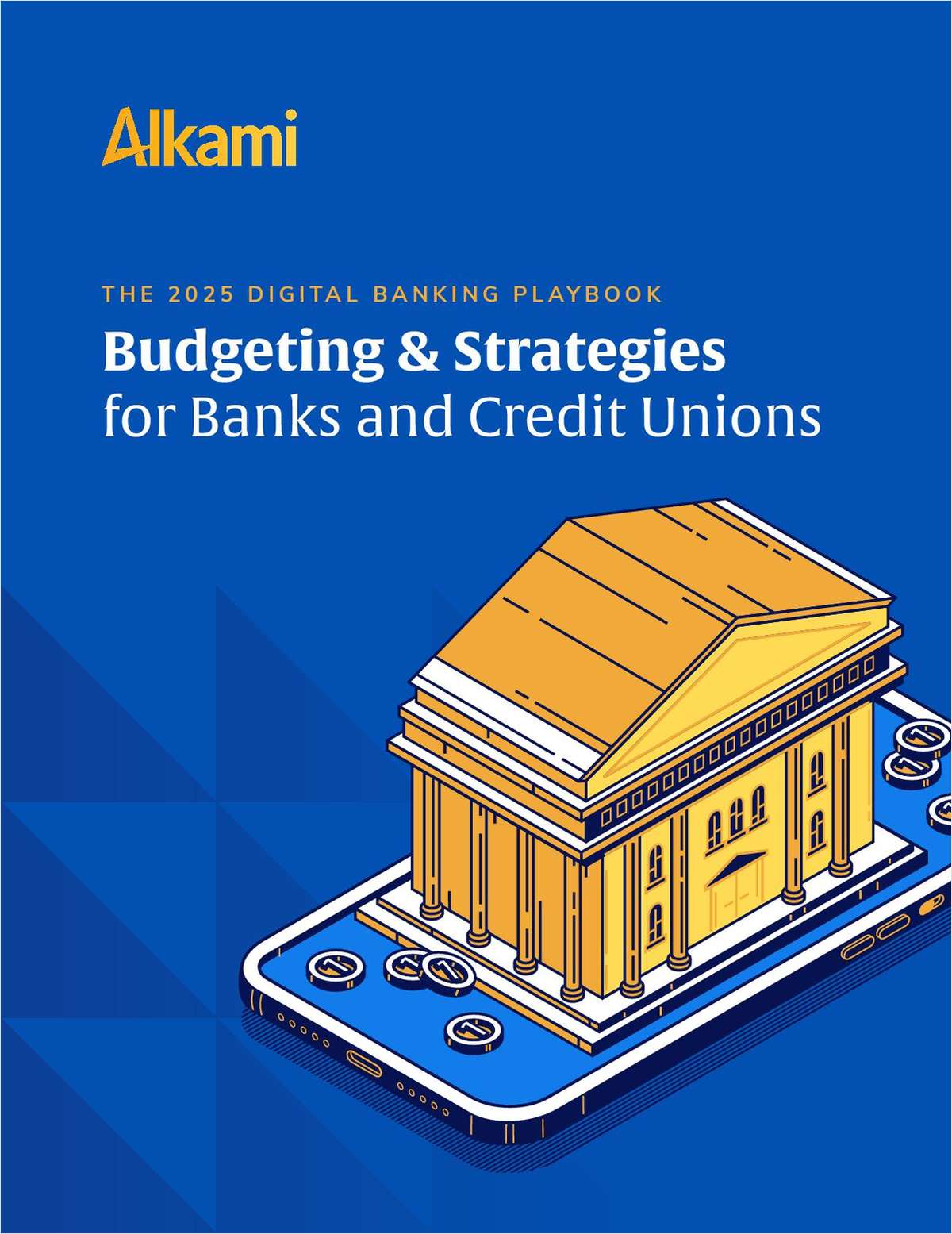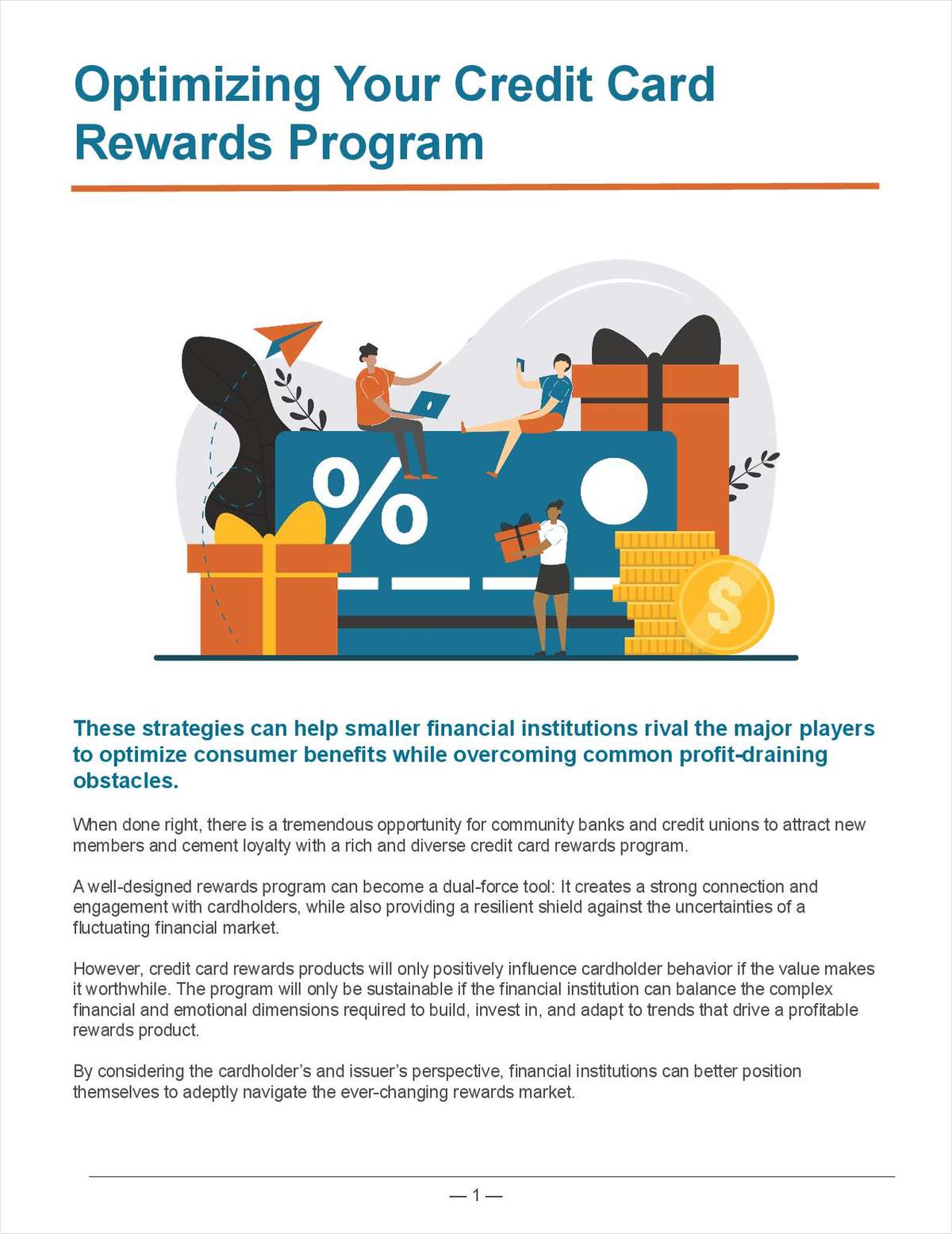ALEXANDRIA, Va. – First quarter financial trends indicate credit unions' loan-to-share ratio is declining in the face of a faster increase in shares. As CUs increasingly get involved with alternative lending arrangements to beef up their loan portfolios, NCUA is cautioning CUs that they've more vulnerable to a range of risks by offering the products. In her letter number 04-CU-13, Chairman JoAnn Johnson discussed three higher risk lending activities which she said "can make good strategic business sense for credit unions when done with proper care." She made it clear though that "engaging in any of these lending activities exposes a credit union to a range of risks including credit, interest rate, liquidity, transaction, compliance, strategic, and reputation. It takes proper planning, experienced staff, and adequate controls and monitoring to make these profitable and productive activities for serving members." The three higher risk lending activities Johnson addressed are: * Sub-prime lending: Johnson wrote that "a sub-prime portfolio will likely display significantly higher delinquency and/or loss rates than prime portfolios. Typically, higher interest rates and fees are charged to sub-prime borrowers to compensate for the higher risk. Sub-prime portfolios generally require more intense and specialized collection efforts increasing a credit union's expenses in this area." The Chairman also made it clear that, "sub-prime lending that is appropriately underwritten, priced, and administered can serve to increase access to credit for borrowers with special credit needs and is not predatory by design," adding that, "NCUA views as unsafe and unsound loans to borrowers who do not demonstrate the capacity to repay the loan as structured and where reliance for repayment is placed on the collateral pledged. "While sub-prime lending involves higher levels of risk and skill, properly managed, it can be a sound book of business. Sound underwriting practices, effective control and monitoring systems, and sufficient capital levels are key components to a well-managed program," Johnson wrote. * Indirect lending: "An indirect lending program can lead to rapid growth, changing the structure and risk profile of a credit union's balance sheet quickly. In addition to credit risk, on-going evaluation of both a credit union's liquidity and interest rate risk is essential," Johnson stated. She makes several recommendations to CUs to minimize exposure to risk such as making sure written contracts should be in place "addressing, at a minimum, dealer compensation, credit criteria, documentation standards, and dealer reserves," and while she notes that indirect lending does increase loan volume for CUs as well as provides a source of new members, "a credit union needs to properly plan for and understand the risks of the program." * Outsourced Lending Relationships: Johnson refers CUs to NCUA Letter to Credit Unions No. 01-CU-20 – "Due Diligence Over Third Party Service Providers" which she said provides CUs with "useful guidance" in dealing with outsourced lending relationships. "Outsourcing functions can be a profitable venture; however a credit union must ensure proper controls and monitoring are in place," she wrote. "When a credit union engages in any higher risk activity, it should be compatible with a credit union's risk tolerance, administrative capabilities, and strategic goals. The projected and realized impact on a credit union's financial performance should be analyzed regularly. Reasonable program limits should be established as well as on-going program monitoring and analysis," Johnson wrote, further explaining what examiners will assess when examining credit unions involved with high risk lending programs. Johnson enclosed the revised examiner questionnaires used to evaluate CUs' high risk lending program, and she encouraged CUs to review and compare them with their existing or planned activities "and be in a position to effectively respond to and address questions that may arise." -
Complete your profile to continue reading and get FREE access to CUTimes.com, part of your ALM digital membership.
Your access to unlimited CUTimes.com content isn’t changing.
Once you are an ALM digital member, you’ll receive:
- Breaking credit union news and analysis, on-site and via our newsletters and custom alerts
- Weekly Shared Accounts podcast featuring exclusive interviews with industry leaders
- Educational webcasts, white papers, and ebooks from industry thought leaders
- Critical coverage of the commercial real estate and financial advisory markets on our other ALM sites, GlobeSt.com and ThinkAdvisor.com
Already have an account? Sign In Now
© 2025 ALM Global, LLC, All Rights Reserved. Request academic re-use from www.copyright.com. All other uses, submit a request to [email protected]. For more information visit Asset & Logo Licensing.









